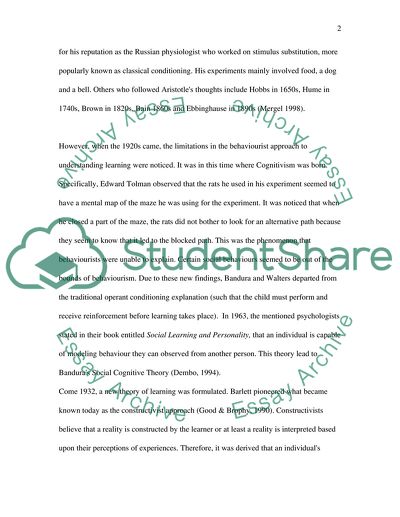Cite this document
(“History of Learning Theories Research Paper Example | Topics and Well Written Essays - 2750 words”, n.d.)
History of Learning Theories Research Paper Example | Topics and Well Written Essays - 2750 words. Retrieved from https://studentshare.org/education/1732207-essay-1
History of Learning Theories Research Paper Example | Topics and Well Written Essays - 2750 words. Retrieved from https://studentshare.org/education/1732207-essay-1
(History of Learning Theories Research Paper Example | Topics and Well Written Essays - 2750 Words)
History of Learning Theories Research Paper Example | Topics and Well Written Essays - 2750 Words. https://studentshare.org/education/1732207-essay-1.
History of Learning Theories Research Paper Example | Topics and Well Written Essays - 2750 Words. https://studentshare.org/education/1732207-essay-1.
“History of Learning Theories Research Paper Example | Topics and Well Written Essays - 2750 Words”, n.d. https://studentshare.org/education/1732207-essay-1.


